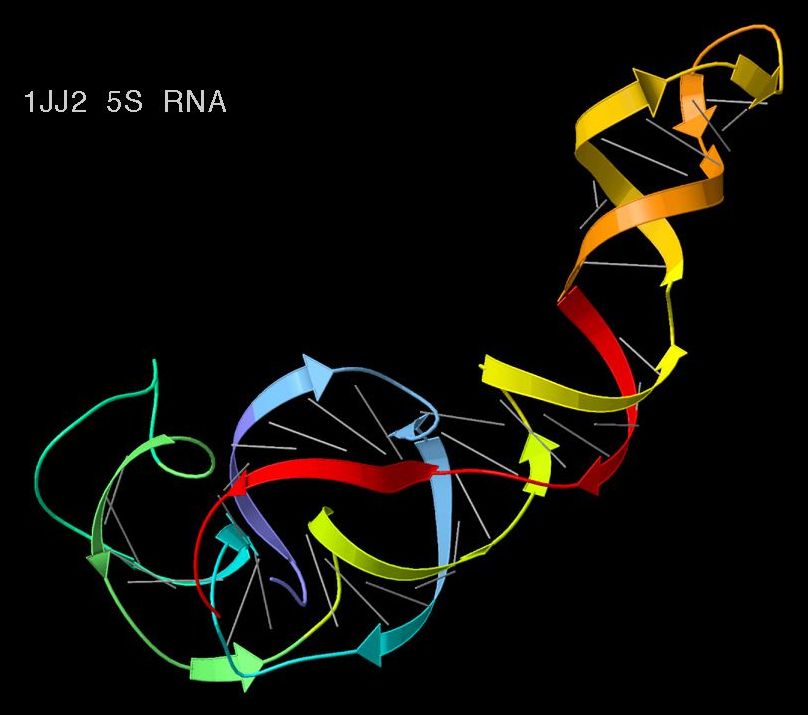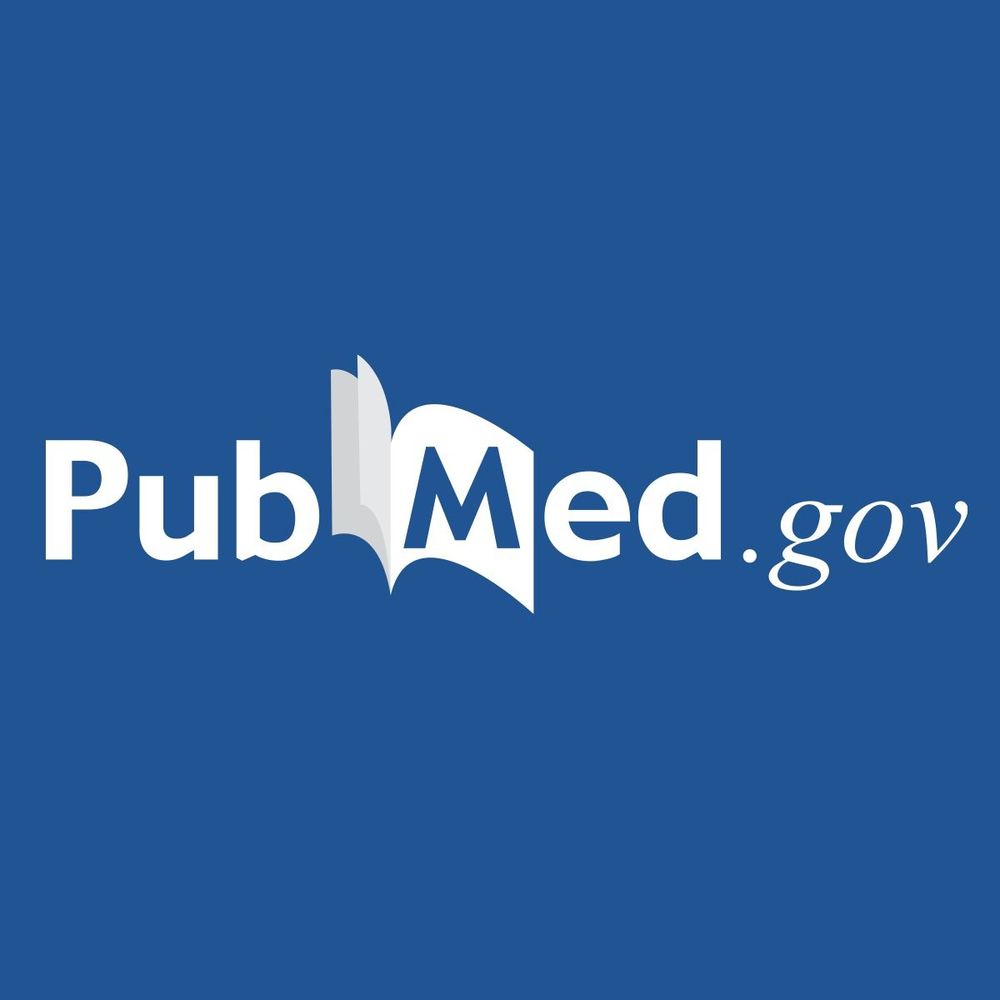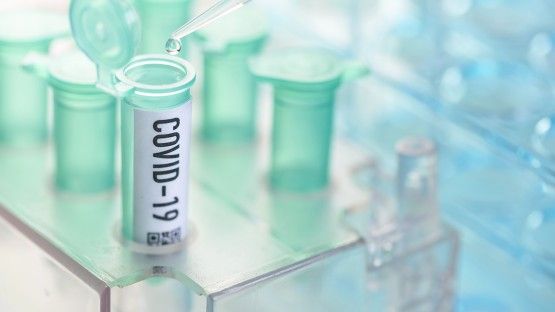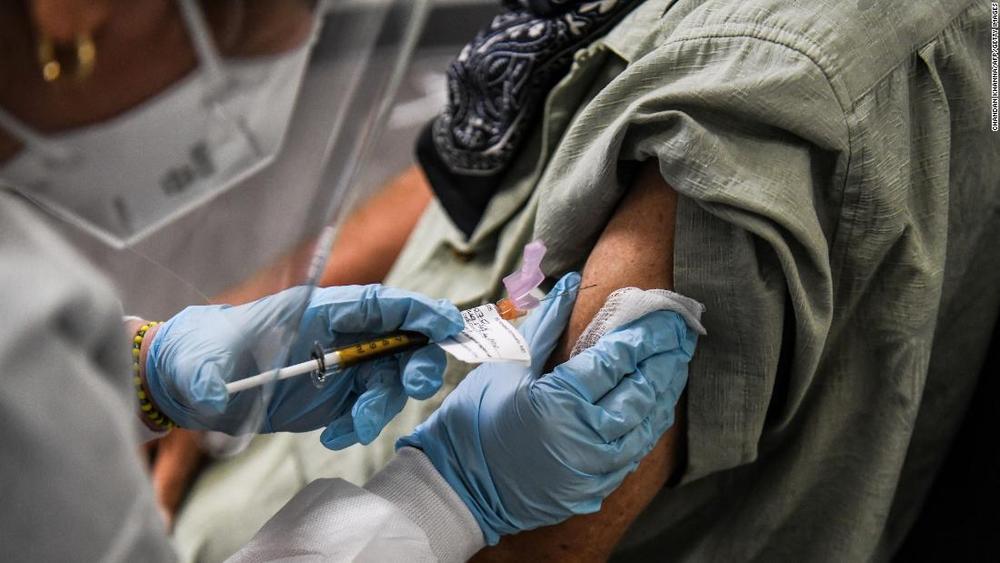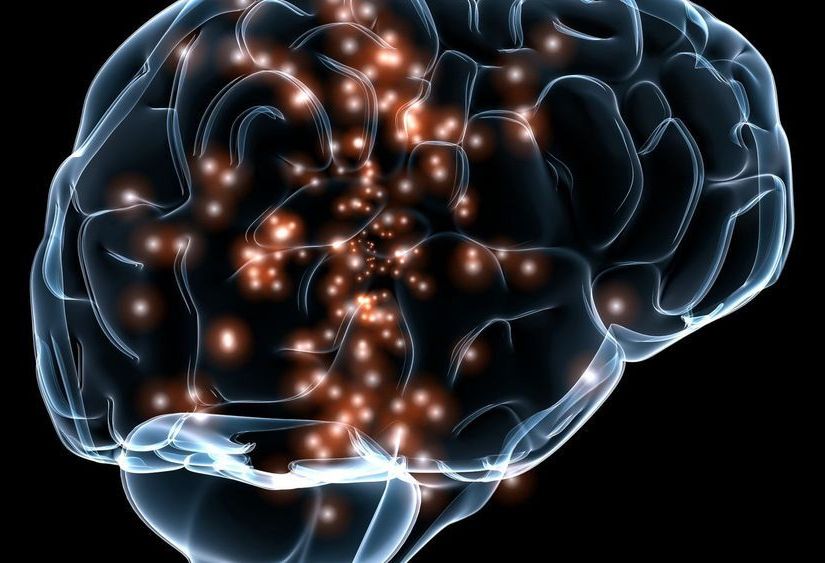A team of researchers from Stowers Institute for Medical Research, Howard Hughes Medical Institute and Stanford University has discovered conserved regeneration-responsive enhancers linked to tail regeneration in fish common to two species. In their paper published the journal Science, the group describes their genetic study of two fish species and what they learned about the role of conserved regeneration-responsive enhancers in allowing the fish to regenerate tail parts.
As the researchers note, some species are able to regenerate parts of their body when they are lost. For instance, lizards can regrow lost tails, while many other animals, including most mammals, cannot regrow damaged body parts. Despite much research, scientist have not been able to explain this. In this new effort, the researchers have found what they believe to be a major clue—conserved regeneration-responsive enhancers.
Prior research has shown that DNA sequences include non-coding bits called enhancers, which, as their name implies, play a role in enhancing gene activity. In this new effort, the researchers wondered if there might be certain enhancers involved in the regeneration response in fish—in this case, African killifish and zebrafish. They noted that prior research had shown that the two species split from the same genetic branch approximately 230 million years ago—a short enough period to allow them to see changes to their DNA that allowed both to regenerate the ends of their tails if they were bitten off by predators—or cut off by researchers.

